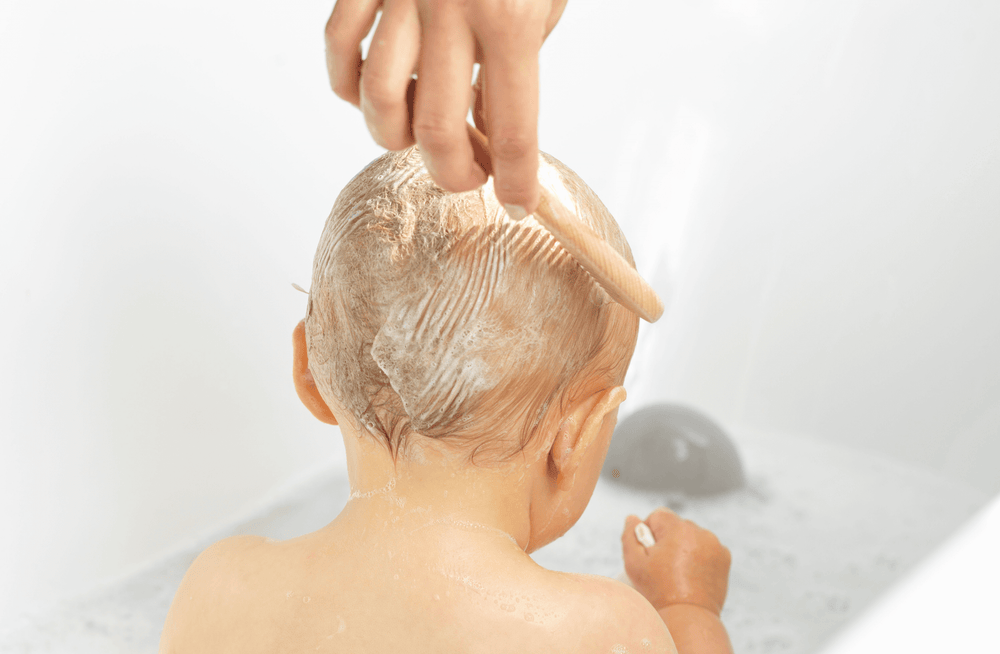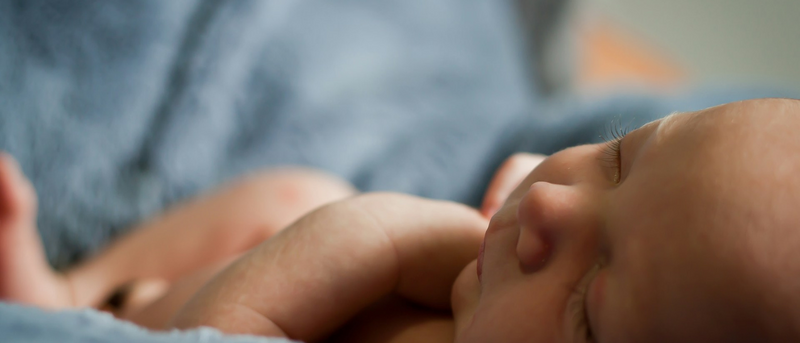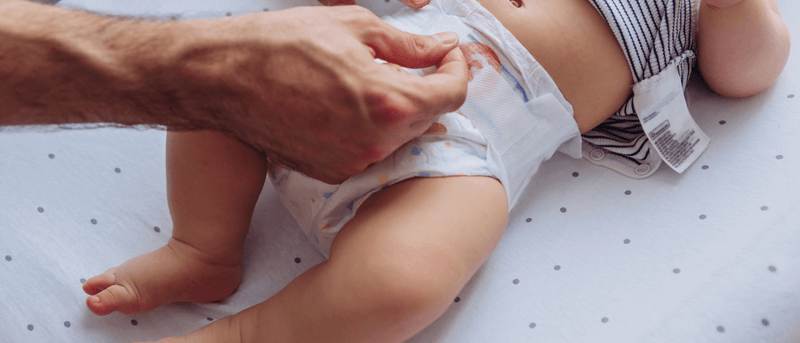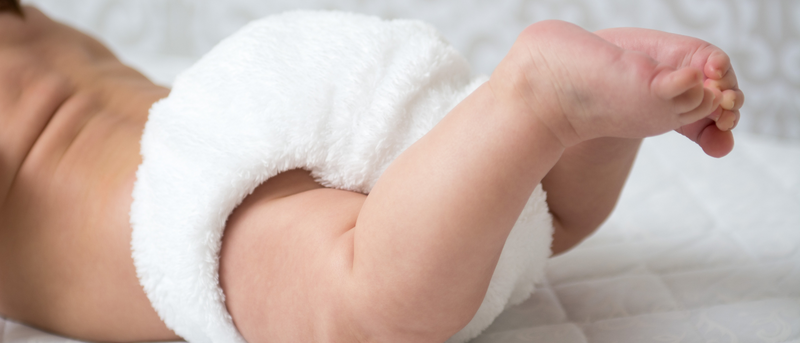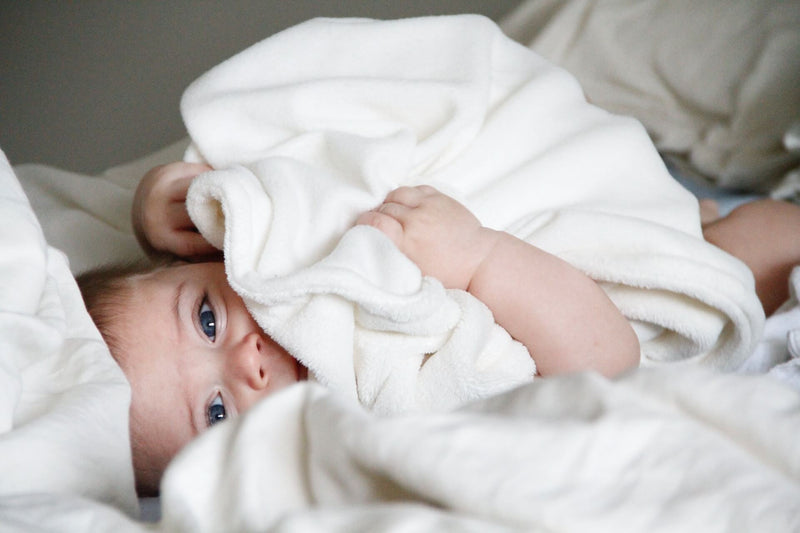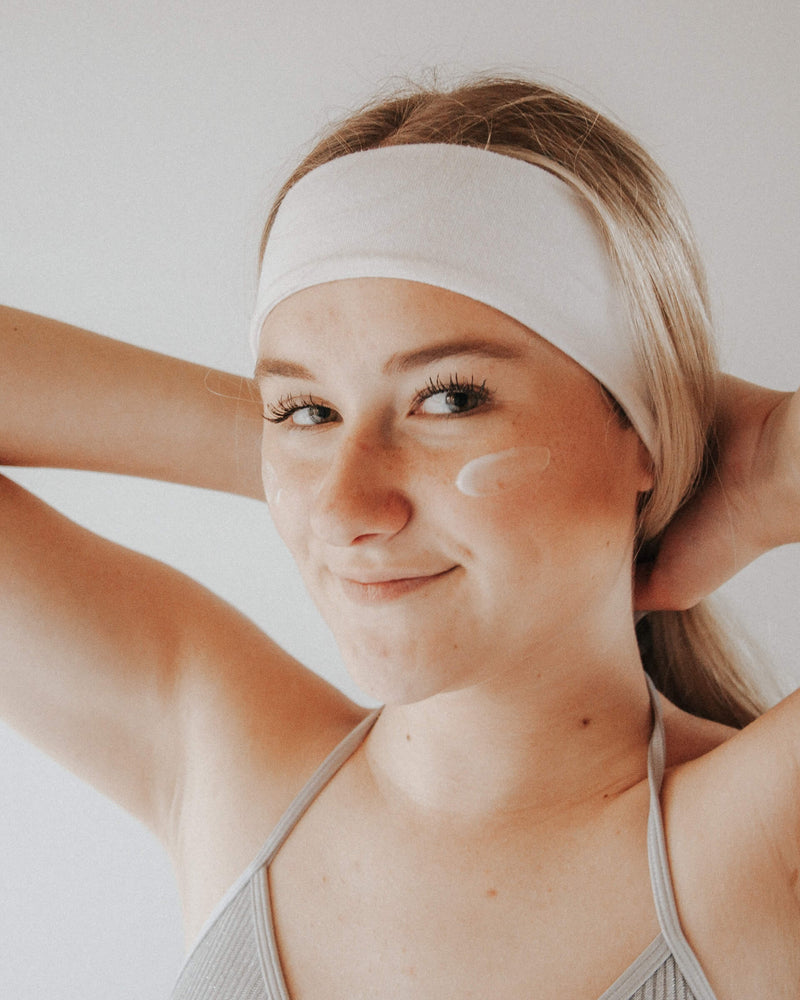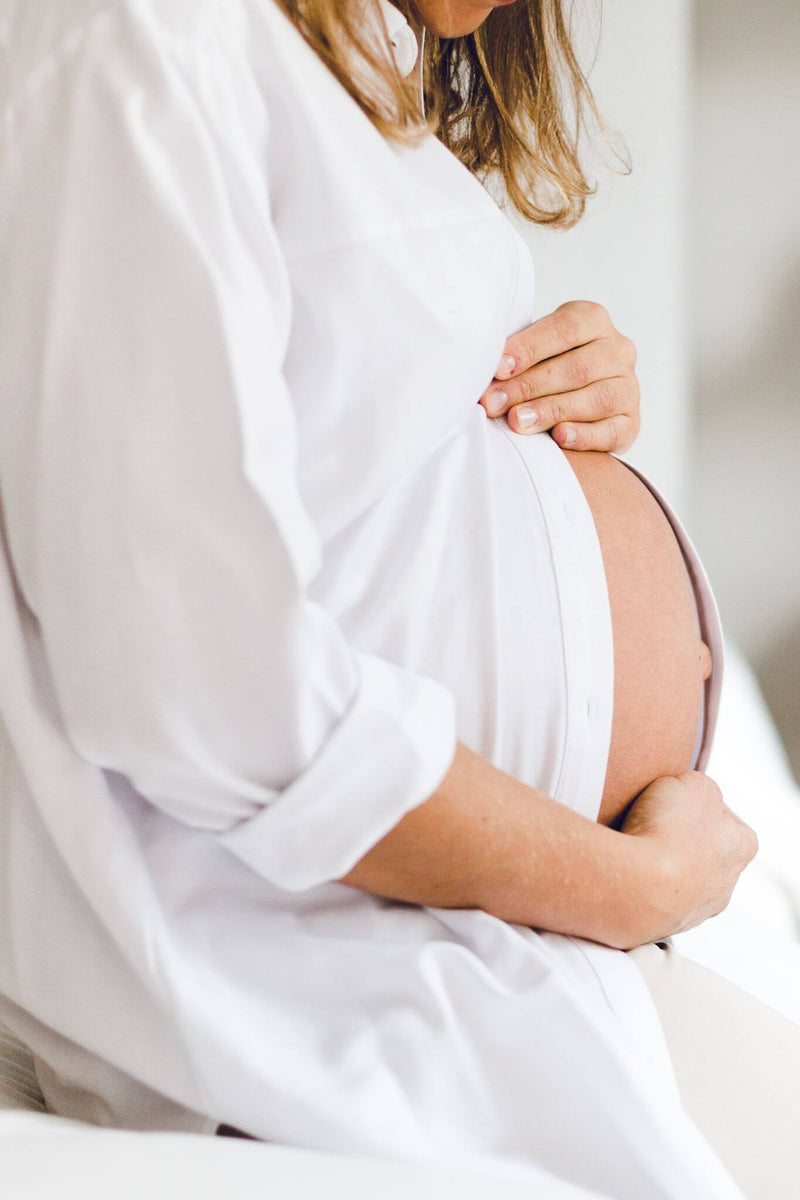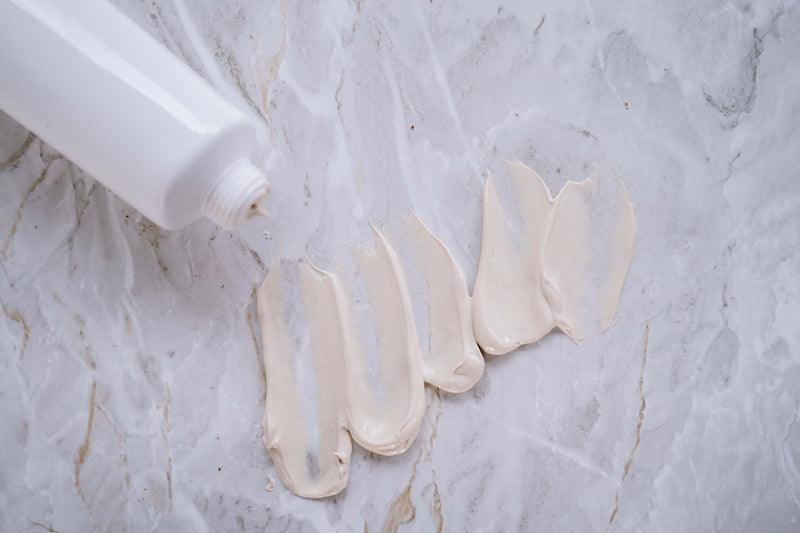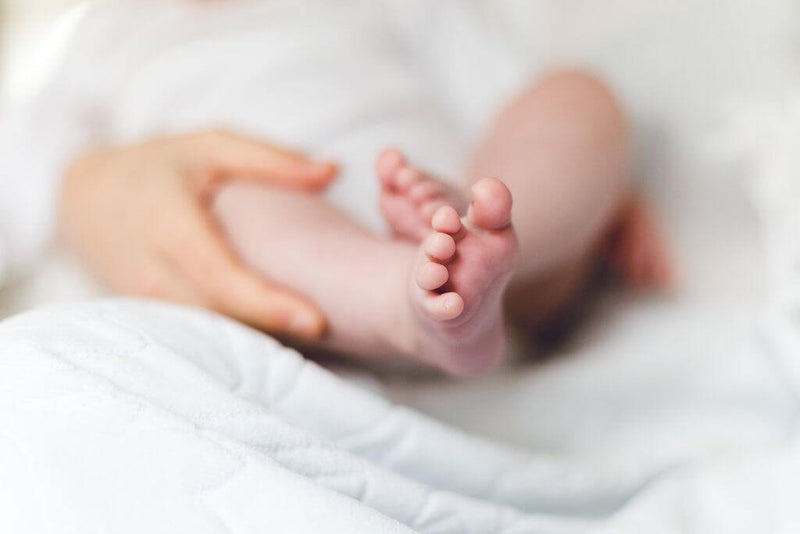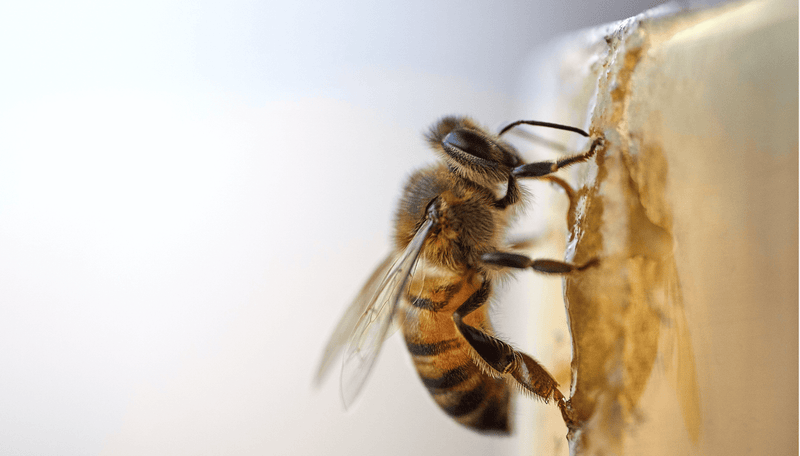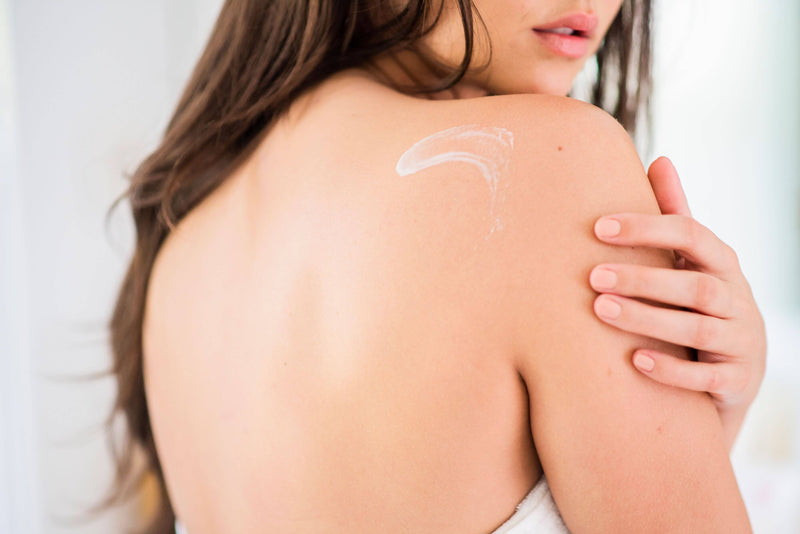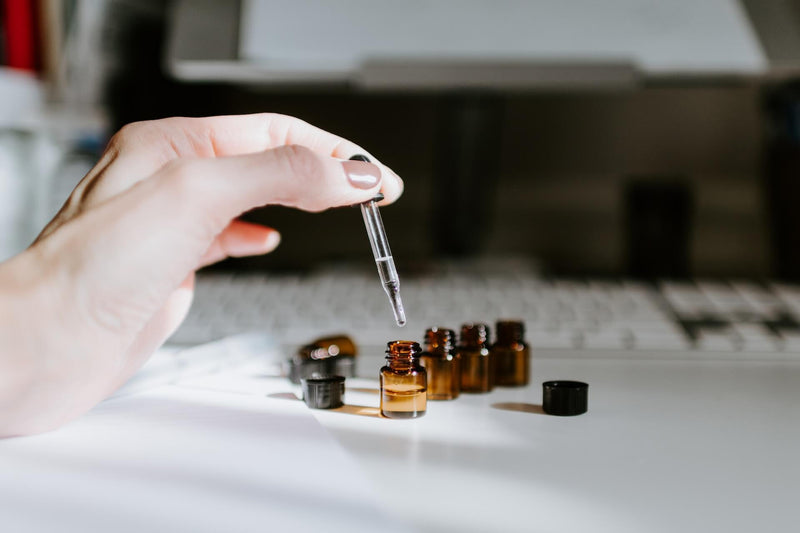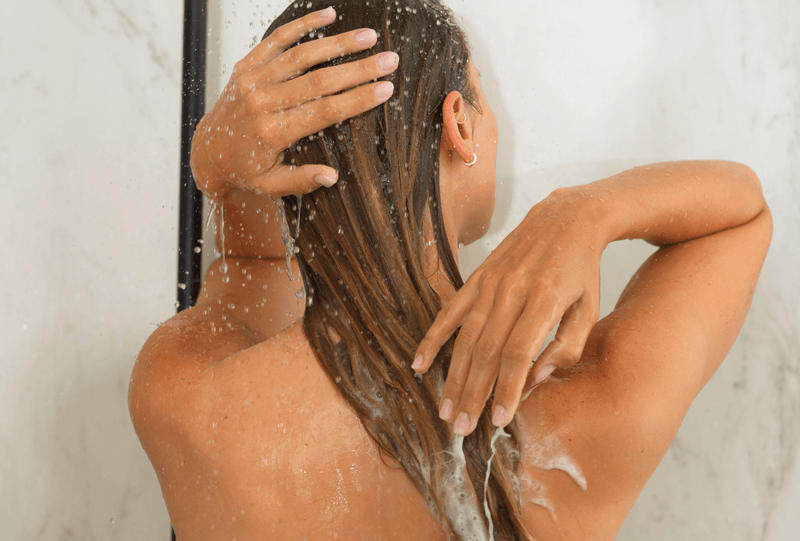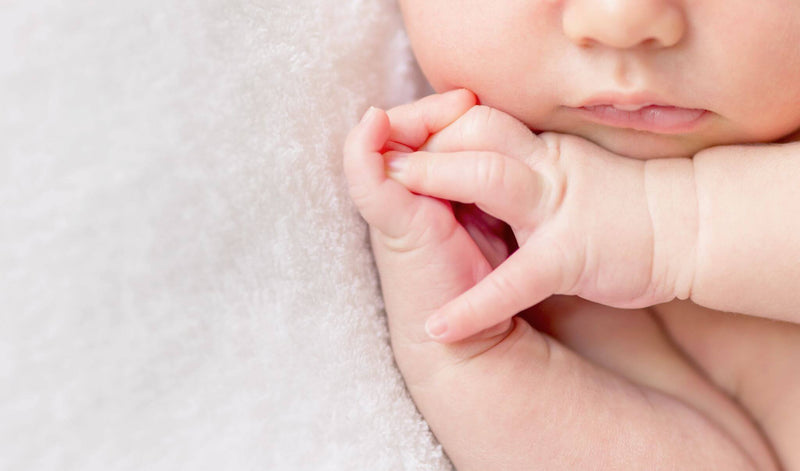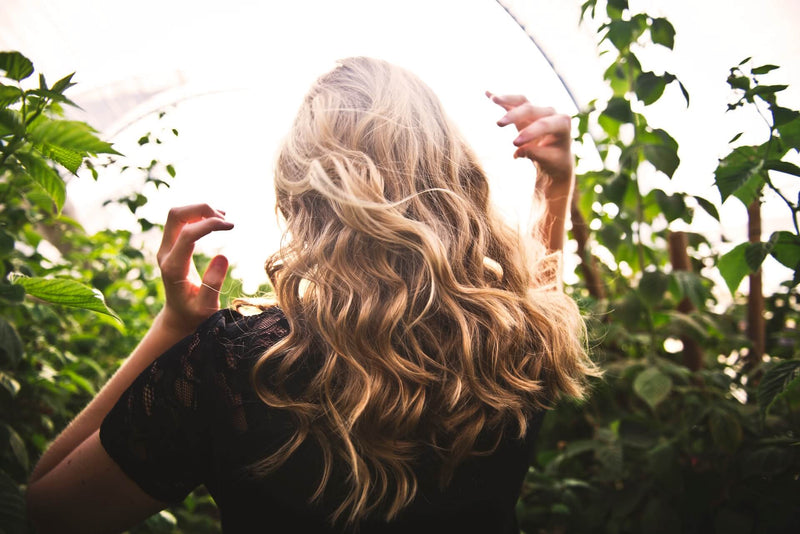Very common in infants, seborrheic dermatitis of infants, commonly called “cradle cap”, manifests itself in the form of whitish or yellowish patches, associated or not with redness. They are most often found on the scalp, forehead and eyebrows.
Seborrheic dermatitis is very common in babies under the age of 2. It usually appears during the first three months of the baby’s life and may persist for a few weeks or months. Older babies and young children can also get it.
What causes cradle cap?
It is a condition caused by the persistence of maternal hormones in the baby’s body after birth. These hormones stimulate the sebaceous glands under the skin, which then produce excess sebum that mixes with the dead skin on the baby’s scalp. As your baby grows, the concentration of maternal hormones decreases and the cradle cap disappears.
How to take care of your baby’s cradle cap?
Although benign, this condition still requires some vigilance. In cases of moderate to high severity, cradle cap can become superinfected.
It is often tempting to try to remove cradle caps manually, but once they are removed, they leave the skin raw, leading to the risk of inflammation and infection. Therefore, never attempt to remove them dry.
It is recommended to ensure good hygiene and to use an adapted shampoo and/or a specific emollient care. The treatments should be applied by gently massaging the scalp. A comb or a soft brush can then be used to help remove the softened crusts gently.
The Babyzz® Shampoo
The Babyzz® Shampoo prevents and treats cradle cap in infants. The natural ingredients that it contains at more than 99% make it easy to eliminate cradle caps and prevent their reappearance. Its neutral pH respects the skin of baby and does not prick the eyes. Unlike many treatment products on the market, Babyzz Shampoo does not attack baby’s skin and is extremely well tolerated.
The sebum-regulating properties of honey and jojoba oil (whose lipid profile is very similar to the skin’s sebum) help fight against excess sebum, which is the cause of cradle cap. Coconut oil has the ability to soften them in depth to facilitate their removal. The antiseptic properties of honey, well known, allow to prevent the superinfection.
For an optimal action, let pose the Shampoo minimum 10 minutes before rinsing, then delicately withdraw the crusts using a fine comb for baby.
In case of mild to moderate severity, a shampoo once or twice a week is sufficient. In the case of very heavy cradle cap, use every one or two days may be recommended at first, before spacing out the shampoos.

